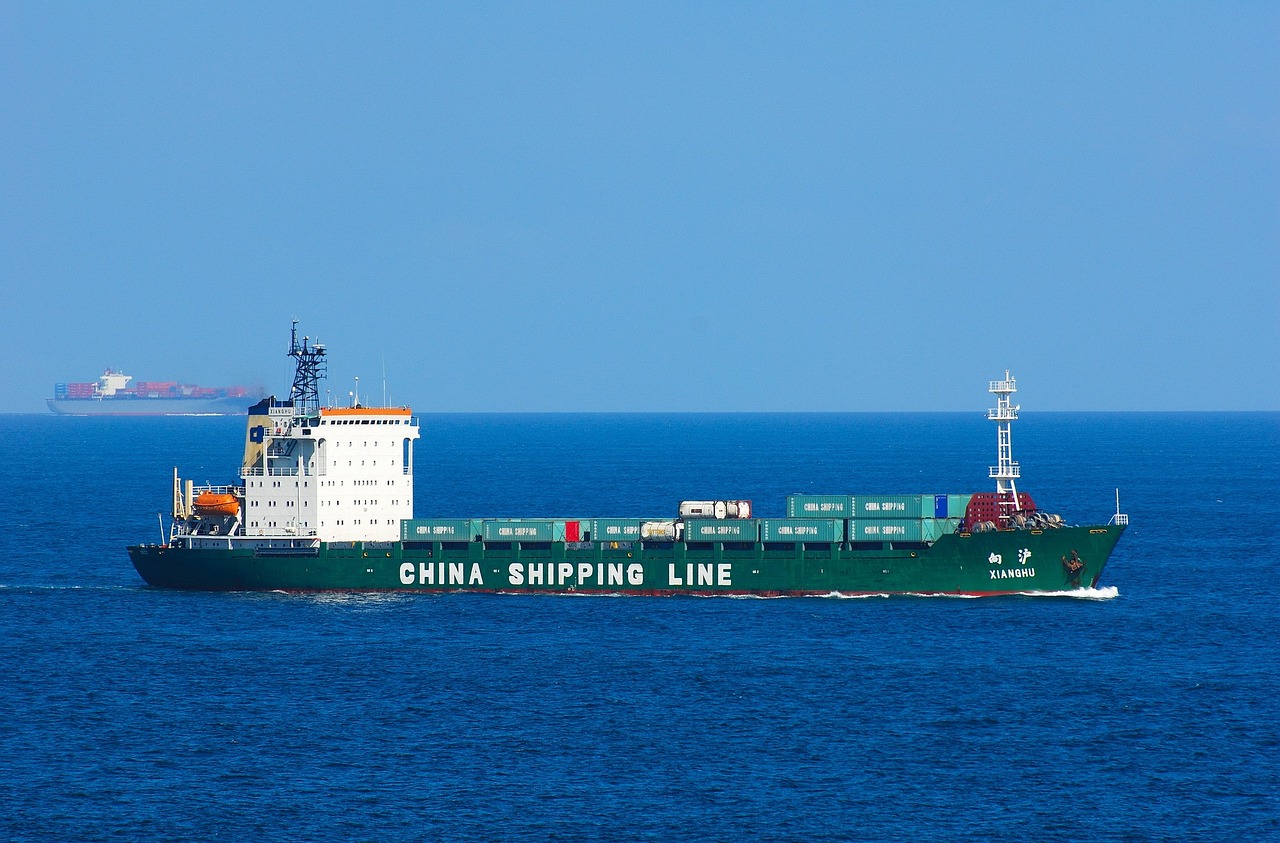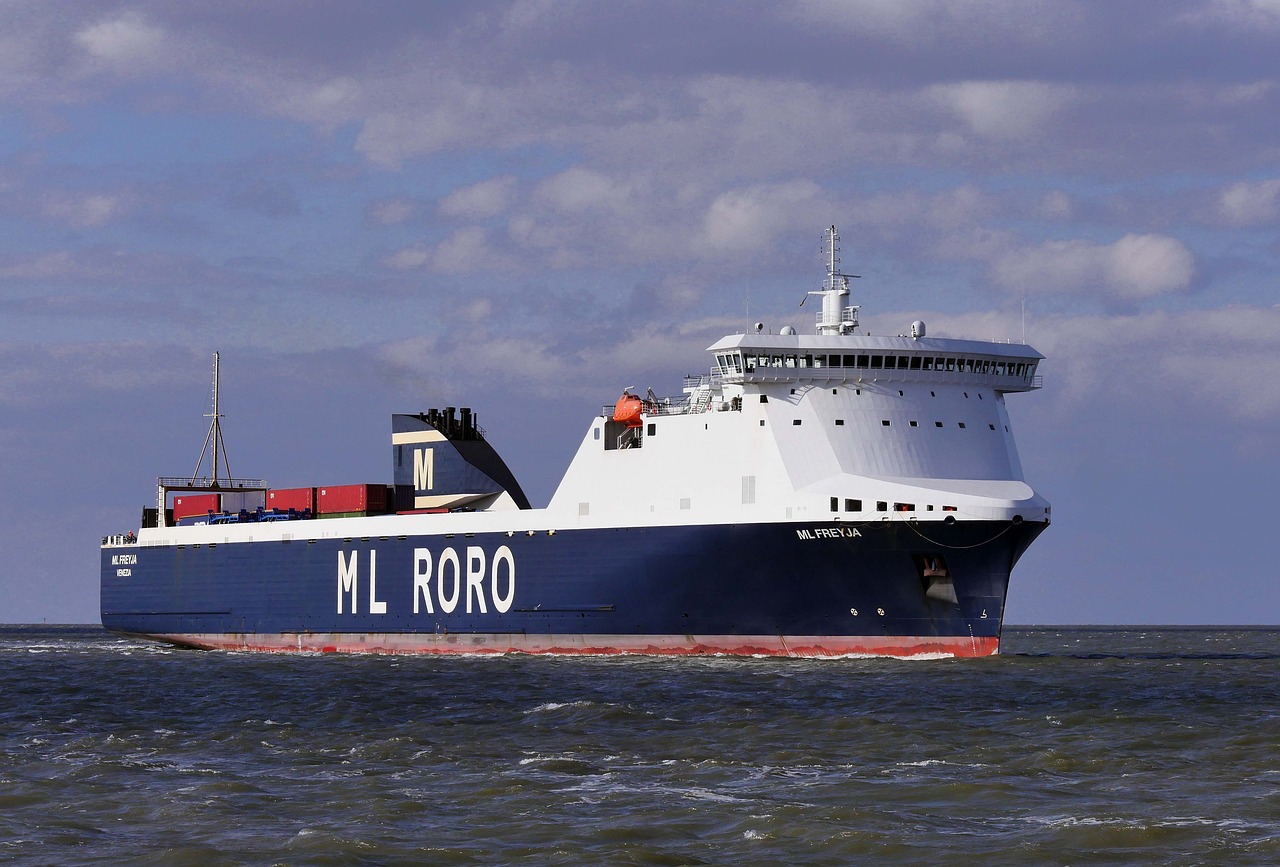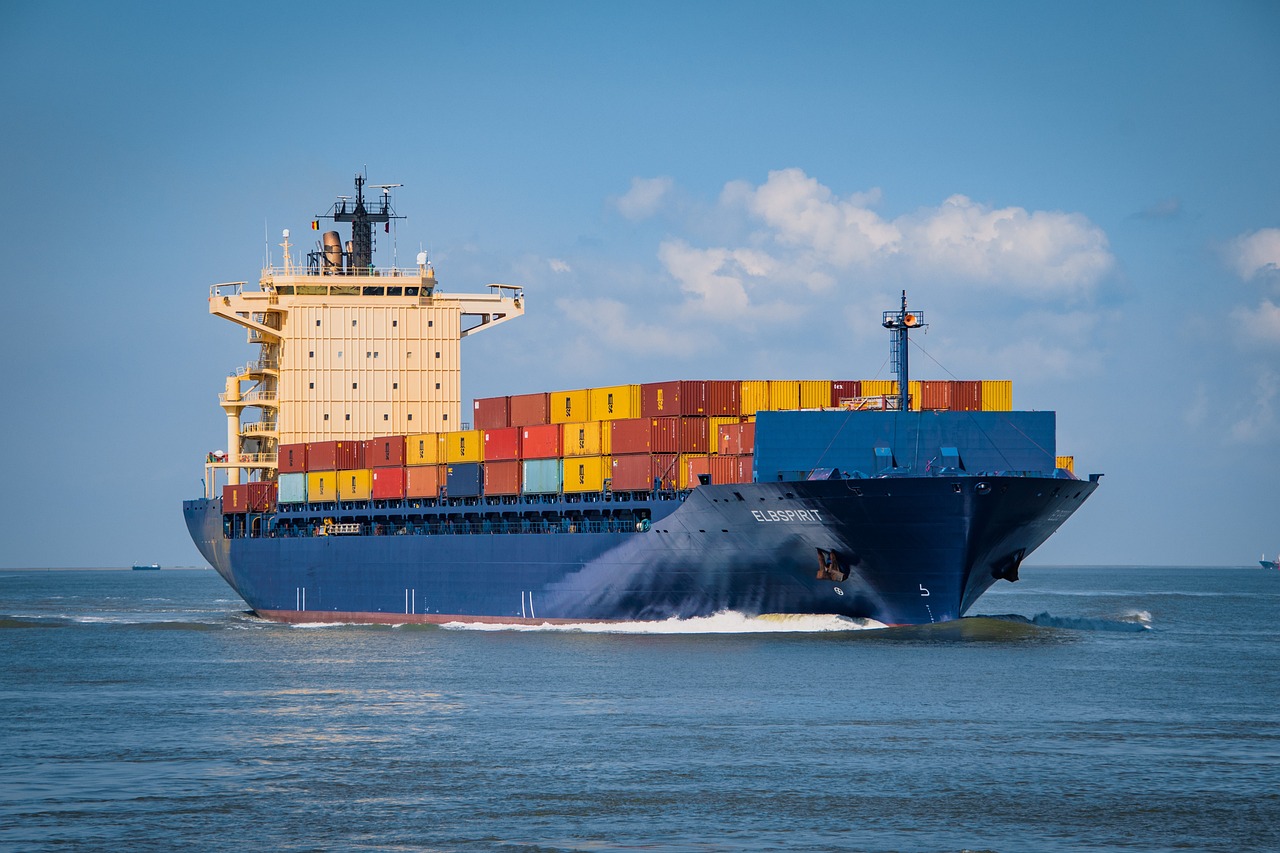The increase in sea freight rates, which began in mid-April 2024, has had a significant impact on global trade and logistics. The surge in freight rates for Europe and the United States, with some routes experiencing a more than 50% increase to reach $1,000 to $2,000, has created challenges for import and export enterprises worldwide. This upward trend persisted into May and continued through June, causing widespread concern within the industry.

Specifically, the rise in sea freight rates is influenced by various factors, including the guiding effect of spot prices on contract prices, and the obstruction of shipping arteries due to the ongoing tension in the Red Sea, said Song Bin, vice president of sales and marketing for Greater China at global freight forwarding giant Kuehne + Nagel. Additionally, due to the continuous tension in the Red Sea and global port congestion, a large number of container ships are diverted, the transport distance and transport time are elongated, the container and ship turnover rate is decreased, and a considerable amount of sea freight capacity is lost. The combination of these factors has led to a significant increase in sea freight rates.

The escalation of shipping costs not only boosts the transportation expenses of import and export enterprises, but also exerts significant pressure on the overall supply chain. This in turn raises the production costs of related enterprises that import and export materials, leading to a ripple effect across various industries. The impact is felt in terms of delayed delivery times, increased lead times for raw materials, and heightened uncertainty in inventory management.

As a result of these challenges, there has been an observable augmentation in the volume of express and air freight as businesses seek alternative methods to expedite their shipments. This surge in demand for express services has further strained logistics networks and led to capacity constraints within the air cargo industry.
Fortunately, the products of the lens industry are of high value and small size. Generally, they are transported by express delivery or air transportation, thus the transportation cost has not been significantly impacted.
Post time: Jul-17-2024





